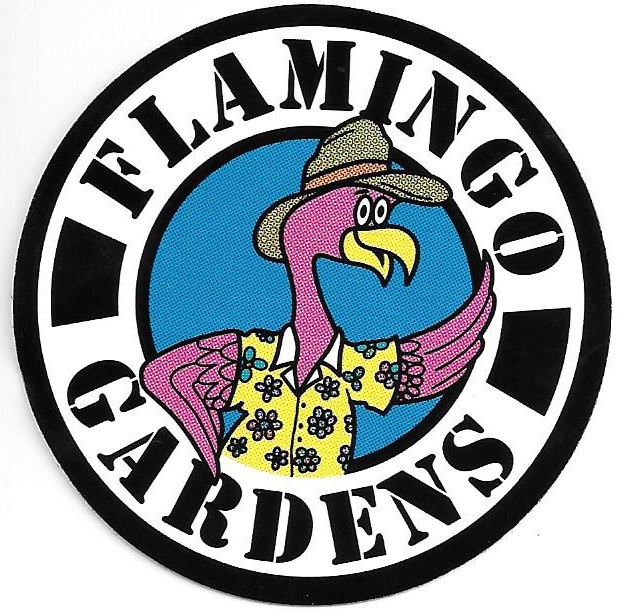Oleander Bush
- **Type**: Evergreen shrub (or small tree with training)
- **Height**: 6 to 12 feet (1.8 to 3.7 meters); can reach 20 feet (6 meters) if unpruned
- **Width**: 6 to 10 feet (1.8 to 3 meters)
- **Growth Habit**: Upright, bushy, multi-stemmed; dense and rounded with pruning
- **Foliage**:
- Narrow, lance-shaped leaves, 4 to 8 inches long (10 to 20 cm), 1 inch wide (2.5 cm)
- Glossy, dark green to gray-green, leathery texture
- Evergreen, providing year-round color
- **Flowers**:
- Clusters of single or double white blooms (depending on cultivar)
- 1 to 2 inches across (2.5 to 5 cm), five-petaled, funnel-shaped
- Bloom season: Late spring to fall (May to October), peaks in summer
- Sweetly fragrant, attracts bees and butterflies
- **Fruit**:
- Long, slender pods, 4 to 6 inches (10 to 15 cm), containing fuzzy seeds
- Not ornamentally significant; rarely produced in some cultivars
- **Light**: Full sun (6+ hours daily) for best flowering; tolerates partial shade
- **Soil**:
- Well-drained; highly adaptable to sandy, loamy, or poor soils
- Neutral to slightly alkaline (pH 6.5 to 7.5); tolerates salt
- **Watering**: Low to moderate; drought-tolerant once established, water regularly during first year
- **Hardiness**: USDA Zones 8 to 11 (10°F or -12°C; may regrow from roots in Zone 8 after dieback)
- **Wildlife**: Attracts pollinators; deer-resistant; highly toxic to humans, pets, and livestock (all parts)
- **Care**:
- Prune in late winter or early spring to shape or remove dead wood; wear gloves (sap irritates skin)
- Fertilize sparingly with a balanced mix (e.g., 10-10-10) in spring
- Avoid overwatering to prevent root rot
- **Pests/Diseases**:
- May attract oleander aphids, scale, or spider mites
- Susceptible to oleander leaf scorch (bacterial disease) in some regions
- **Uses**: Hedges, screens, specimen plant, containers, or coastal gardens
- **Growth Rate**: Fast; can grow 1 to 2 feet per year under good conditions
- **Special Features**:
- Native to the Mediterranean; thrives in heat, drought, and salt spray
- White blooms range from pure white to creamy shades (e.g., ‘Sister Agnes’ or ‘Album’)
- Toxicity requires caution (ingestion can be fatal); historically used as a poison
The White Oleander Bush’s elegant white flowers and tough, evergreen foliage make it a striking, low-maintenance choice for sunny, dry landscapes or containers, thriving in harsh conditions while adding classic beauty. Handle with care due to its toxicity! Let me know if you’d like more care tips or cultivar suggestions!
